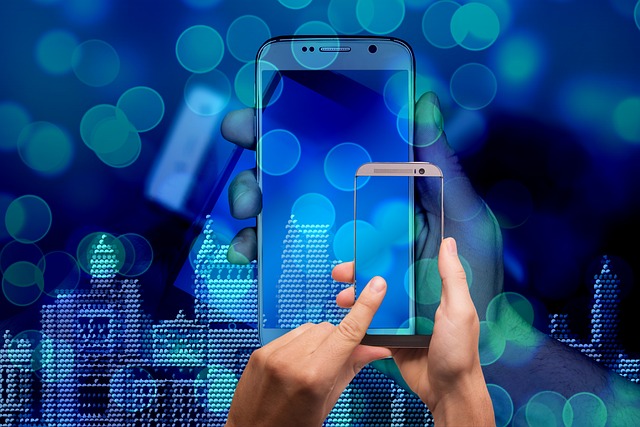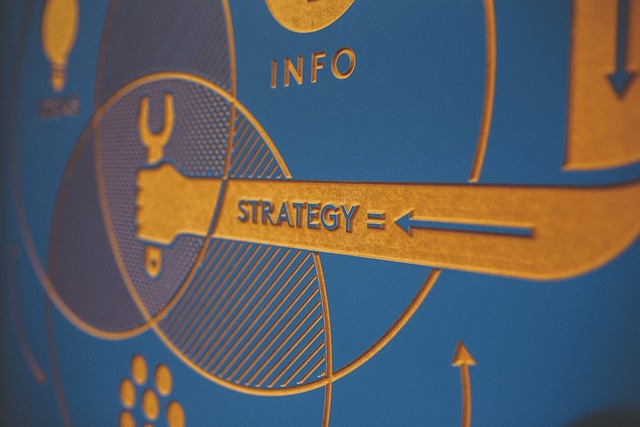The rise of AI technologies is transforming how we design, manage, and optimize urban spaces, giving birth to the concept of smart cities. As urban populations grow, city planners are turning to AI to address complex challenges related to transportation, infrastructure, and sustainability. By integrating AI with data analytics, IoT, and machine learning, smart cities can efficiently allocate resources, reduce congestion, and create more livable environments for citizens. In this post, we will explore how AI is revolutionizing urban planning and smart cities.
AI for Smart City Infrastructure
AI plays a pivotal role in developing smart city infrastructure by improving decision-making processes and optimizing resources. Urban planners can use AI to analyze vast amounts of data, from population growth trends to energy consumption patterns, to plan more efficient city layouts. AI can identify areas where new roads, parks, or public facilities should be developed, ensuring that infrastructure keeps pace with urban growth.
AI also helps in predicting the lifespan of infrastructure assets, such as bridges and roads, allowing cities to prioritize repairs and maintenance. By using predictive models, city authorities can prevent costly breakdowns or failures that disrupt the daily lives of citizens. Additionally, AI-powered sensors embedded in infrastructure provide real-time data on wear and tear, which helps in planning long-term maintenance strategies.
Moreover, AI contributes to the design of more sustainable infrastructure by suggesting eco-friendly materials and energy-efficient building techniques. This not only reduces the environmental impact of urban development but also lowers costs for city governments and residents.
AI-Powered Traffic Management
One of the key areas where AI is making a significant impact is traffic management. Urban congestion is a common issue in cities worldwide, leading to lost time, increased pollution, and reduced quality of life. AI-driven traffic management systems help mitigate these problems by optimizing traffic flow in real time.
Using AI and machine learning algorithms, smart cities can analyze traffic patterns and predict congestion points. AI-powered traffic lights can adjust signal timings based on real-time data, reducing waiting times at intersections. This dynamic management of traffic signals ensures smoother traffic flow, minimizes accidents, and enhances fuel efficiency by reducing the number of stops and starts.
In addition, AI-based traffic systems can integrate data from public transportation systems, such as buses and subways, to prioritize their movement during peak hours. This encourages the use of public transport, further reducing the number of private vehicles on the road, ultimately lowering the city’s carbon footprint.
Predictive Analytics in Urban Planning
Predictive analytics, powered by AI, is another critical tool for urban planning. City planners can use predictive models to forecast population growth, traffic patterns, and housing needs. These forecasts help in designing cities that can accommodate future growth without causing overcrowding or infrastructure strain.
By analyzing historical data, AI can predict where new housing developments, schools, and public amenities will be needed, ensuring that urban spaces grow in a balanced and sustainable way. This forward-thinking approach prevents the creation of urban sprawl and helps cities develop in a more organized manner.
Moreover, AI’s predictive capabilities extend to disaster management. By analyzing environmental data, AI can forecast potential natural disasters like floods, earthquakes, or storms, helping cities to plan and build resilient infrastructure that can withstand these challenges. This proactive approach to urban planning ensures that cities are better equipped to handle future crises.
AI for Energy Efficiency in Cities
Energy efficiency is a critical component of sustainable urban development, and AI is instrumental in helping cities reduce their energy consumption. By analyzing data from various sources, such as energy grids, building management systems, and smart appliances, AI can identify areas where energy is being wasted and suggest improvements.
For instance, AI can optimize the operation of heating, ventilation, and air conditioning (HVAC) systems in buildings by predicting when and where energy is needed the most. This leads to significant energy savings, especially in large buildings like office complexes, shopping malls, and residential towers.
Furthermore, AI helps in managing energy distribution in smart grids, ensuring that energy is allocated where it is most needed and reducing wastage during peak hours. AI can also integrate renewable energy sources, such as solar and wind power, into the city’s energy supply, optimizing their usage based on weather conditions and energy demand.
AI-driven systems also enable cities to create dynamic pricing models for energy consumption. This encourages residents and businesses to shift their energy use to non-peak hours, which helps balance the load on the grid and reduces overall consumption.
AI in Public Transportation Optimization
Public transportation is the backbone of any urban area, and AI is revolutionizing how these systems are managed and optimized. By integrating AI into public transport networks, cities can provide more efficient and reliable services that cater to the needs of their residents.
AI can predict peak travel times and optimize bus, train, and subway schedules accordingly, reducing wait times and improving the overall experience for commuters. AI algorithms can also reroute public transport in real-time to avoid traffic congestion, ensuring that services run smoothly even during rush hours or unexpected disruptions.
Moreover, AI-powered applications can provide commuters with personalized travel recommendations, suggesting the fastest routes based on current traffic conditions and public transportation schedules. This not only enhances the user experience but also encourages more people to use public transport, helping to reduce the number of cars on the road and lowering the city’s carbon emissions.
In addition, AI can help cities design more efficient public transportation routes by analyzing data on population density, travel patterns, and infrastructure. This ensures that new routes are created where they are most needed, improving accessibility and reducing overcrowding on popular lines.
AI and IoT in Smart Cities
The integration of AI with the Internet of Things (IoT) is key to creating truly smart cities. IoT devices, such as sensors and cameras, collect massive amounts of data on everything from air quality to traffic flow. AI then processes this data in real-time, providing city planners and administrators with actionable insights.
For example, AI can analyze data from smart waste management systems to optimize trash collection routes, reducing fuel consumption and keeping the city cleaner. Similarly, AI can monitor water usage across the city, detecting leaks or inefficiencies in the system, and suggesting repairs or improvements to conserve resources.
AI and IoT also enhance public safety by enabling smart surveillance systems that can detect suspicious activity, monitor crowd density, and alert authorities in real-time to prevent incidents before they escalate. This creates safer urban environments while also reducing the need for constant human oversight.
In smart cities, the synergy between AI and IoT extends to environmental monitoring as well. AI-powered sensors can track pollution levels, noise, and other environmental factors, allowing city authorities to take action when certain thresholds are exceeded. This contributes to creating a healthier, more sustainable urban living space.
Conclusion
AI is reshaping the future of urban planning and smart cities by offering innovative solutions to complex problems. From optimizing traffic flow and energy consumption to improving public transportation and infrastructure, AI has the potential to create more efficient, sustainable, and livable cities. As AI technologies continue to evolve, they will play an even greater role in shaping the smart cities of tomorrow, making them not only more connected but also more responsive to the needs of their citizens.






